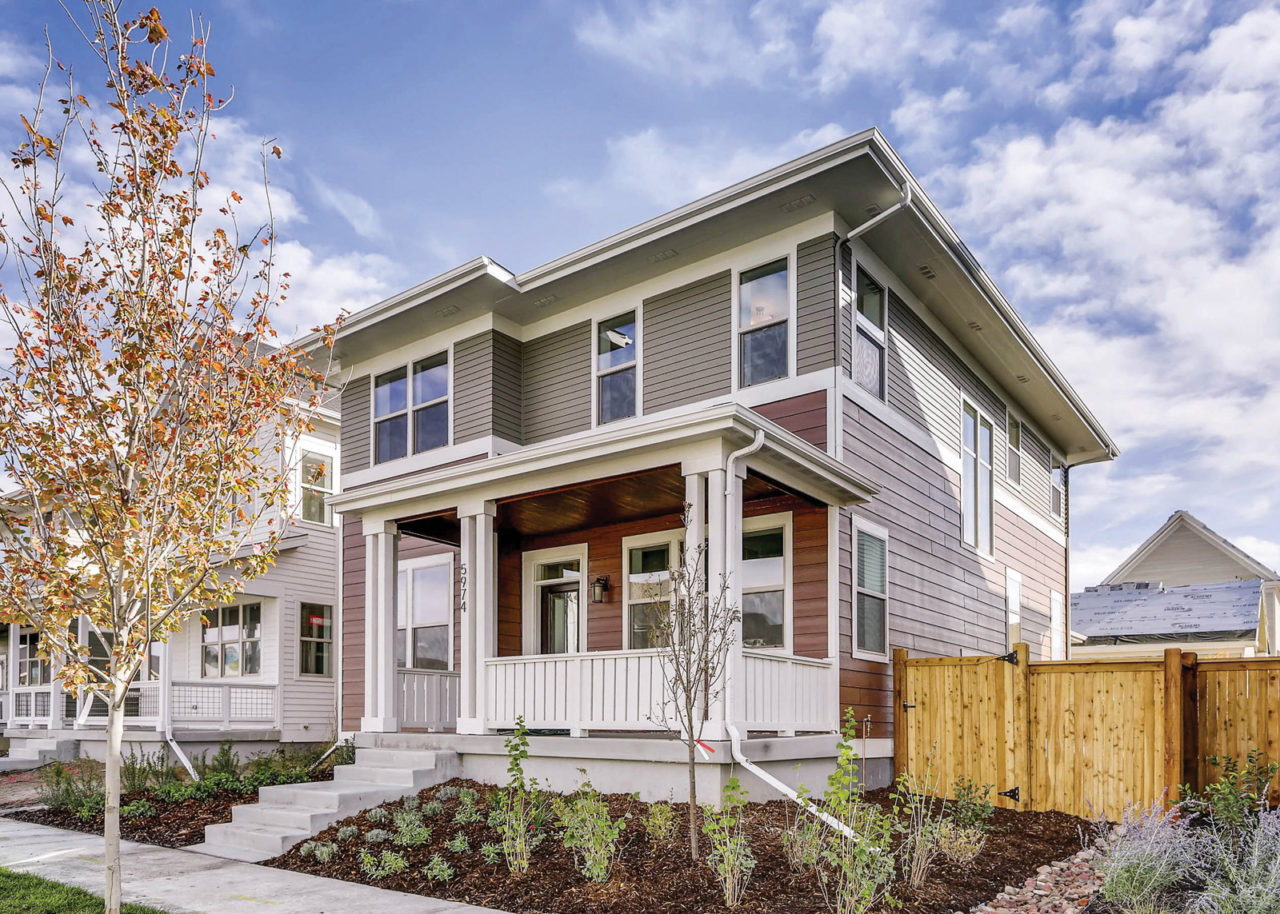Cutting your carbon footprint may require tough choices
Ready to save the world?
You’re in good company. Fort Collins and Loveland both have pledged to transition to 100 percent renewable energy by 2030. What can we do as individual homeowners to help achieve that goal?

Switching to greener energy doesn’t require extraordinary measures. Even small changes can help the environment. But if you’re really serious about reducing your carbon footprint, you can have an honest-to-goodness Zero Energy home – that is, a home that produces as much carbon-free, renewable energy as it uses over the course of a year, resulting in a net zero energy bill – if you’re willing and able to pay the cost.
Let’s start with the least burdensome fixes. Simple behavior modifications can lower energy consumption, which in turn leads to lower utility bills. Easy changes include turning off the lights when you leave the room, replacing incandescent bulbs with LEDs, installing a programmable thermostat and maintaining air conditioning and heating systems with regular checkups. Recycling doesn’t hurt, either.
You’ve probably adopted some or all of these habits already, and it probably has been a pretty pain-free transition. So take things up a notch. You can take another bite out of your home’s emissions budget in just a few hours with a trip or two to the local home improvement store.
It turns out that the biggest nemesis of home efficiency is poor insulation, mostly around windows and doors. Gaps and drafts can bloat energy consumption by 10 percent or more, and reaping that savings is as simple as tightening things up with weather stripping, caulking and other seals.
Here’s another easy way to knock another 10 to 20 percent off your carbon bill – upgrade your old appliances to Energy Star. Your partner has wanted stainless for years, anyway.
Now you’re on a roll. But before investing in high-dollar systems such as solar panels or geothermal units, first consider a home energy audit. Locally, the Efficiency Works Home program is a good place to start.
This NOCO initiative is a collaboration between Platte River Power Authority, Fort Collins Utilities, Loveland Water and Power, Longmont Power and Communications and Estes Park Light and Power. You’re eligible to participate if you buy your power from any of those utility companies.

The market for zero-energy homes – like this one from Thrive Home Builders – is still emerging. Courtesy Thrive Home Builder

Even if you can’t afford rooftop solar, there’s plenty you can do to limit your home’s carbon output.
For $60, an energy expert will assess your home and suggest improvements, including their associated costs. Repairs or upgrades may even qualify for rebates. Scott Sudreth, Efficiency Works home program manager, says the most common recommendations are air sealing and adding insulation to attics and crawl spaces. The program is popular – since 2014, about 4,000 NOCO residents have participated.
If a new home is in your future, builders are incorporating high-tech advancements that are light-years ahead of old standards. New homes often feature superior levels of insulation, thicker walls, more efficient window placement and more efficient heating and cooling systems. A Zero Energy home has the capability to produce as much energy as it consumes, while those with LEED certification meet a broad array of sustainability benchmarks.
These technologies inflate the cost of a home by 5 to 10 percent. Are higher price tags worth it? Builders are betting their balance sheets on it. Thrive Home Builders is taking green building seriously. In fact, they’re the first U.S. Department of Energy Zero Energy Ready Home Builder in Colorado.
Thrive’s newest project, Waterfield, will include nearly 500 units in northeast Fort Collins, with residential options that include single-family homes, duplexes and three-story townhomes. In addition to being LEED certified, all residences are DOE Zero Energy Ready and EPA Indoor Air Plus. At least 10 percent of Waterfield’s units will have Net Zero Energy and rooftop solar storage.
Sound steep in both technology and price? “Any additional expense is offset by lower utility bills and maintenance costs,” says Thrive project manager Paul Herman.
As exciting as these options are, the market for them hasn’t fully emerged. Realtors are challenged to show how long-term energy savings are as sexy as granite countertops. First-time homeowners generally are younger and more environmentally conscious, but even the most conscientious home buyer is constrained by purchase price.
“Education is key,” says David Powell, managing broker and Realtor for Re/Max Alliance Loveland. “The more buyers learn about the benefits of energy efficiency, the more they’ll demand them in new construction.”
In the end, it really comes down to difficult choices. Sustainable habits and quick fixes can feel good, and they don’t require a lot of financial or personal sacrifice. But if we’re serious about creating a greener future and healthier planet, it will take significant changes. Builders need to push the technology quotient. Home buyers need to add low-carbon options to their list of must-haves. And everybody needs to share the costs.
That’s the real battle.
For Efficiency Works program details:
https://www.fcgov.com/utilities/residential/conserve/home-efficiency-program
Thrive Home builders
www.thrivehomebuilders.com






